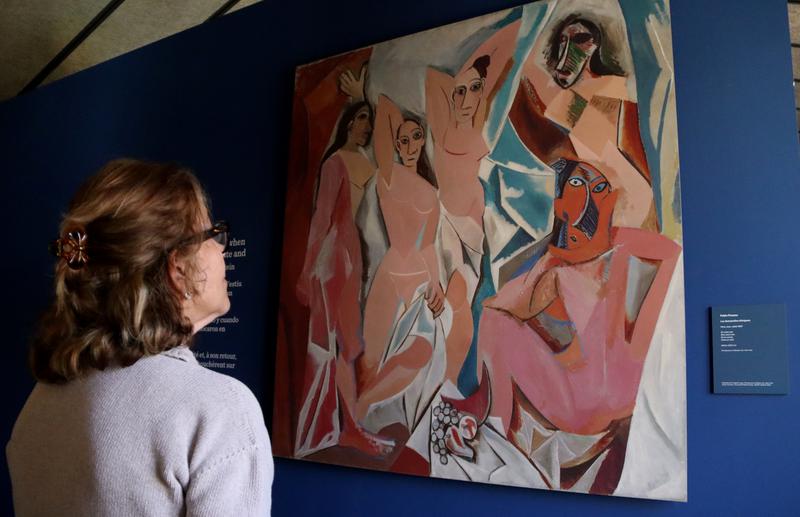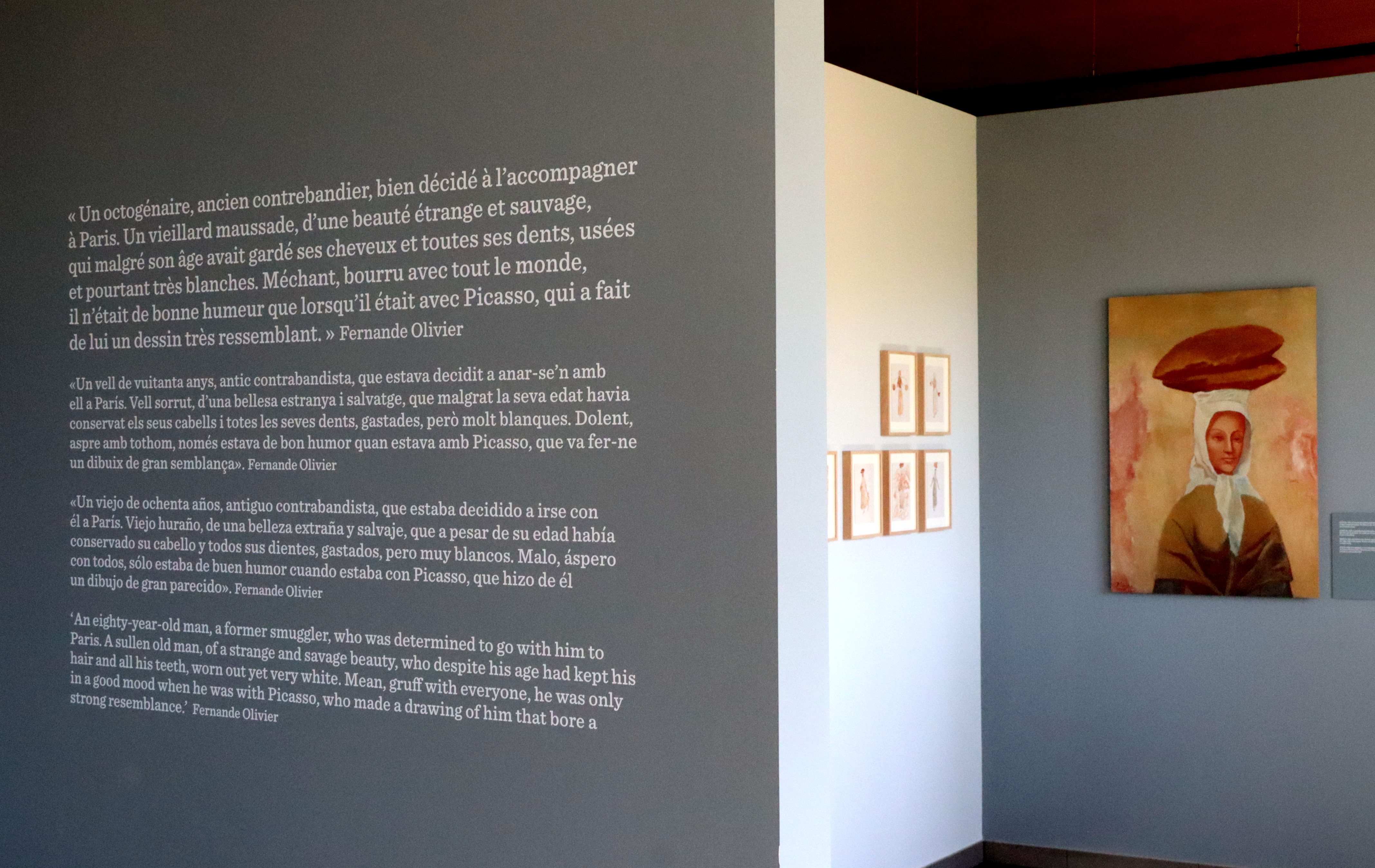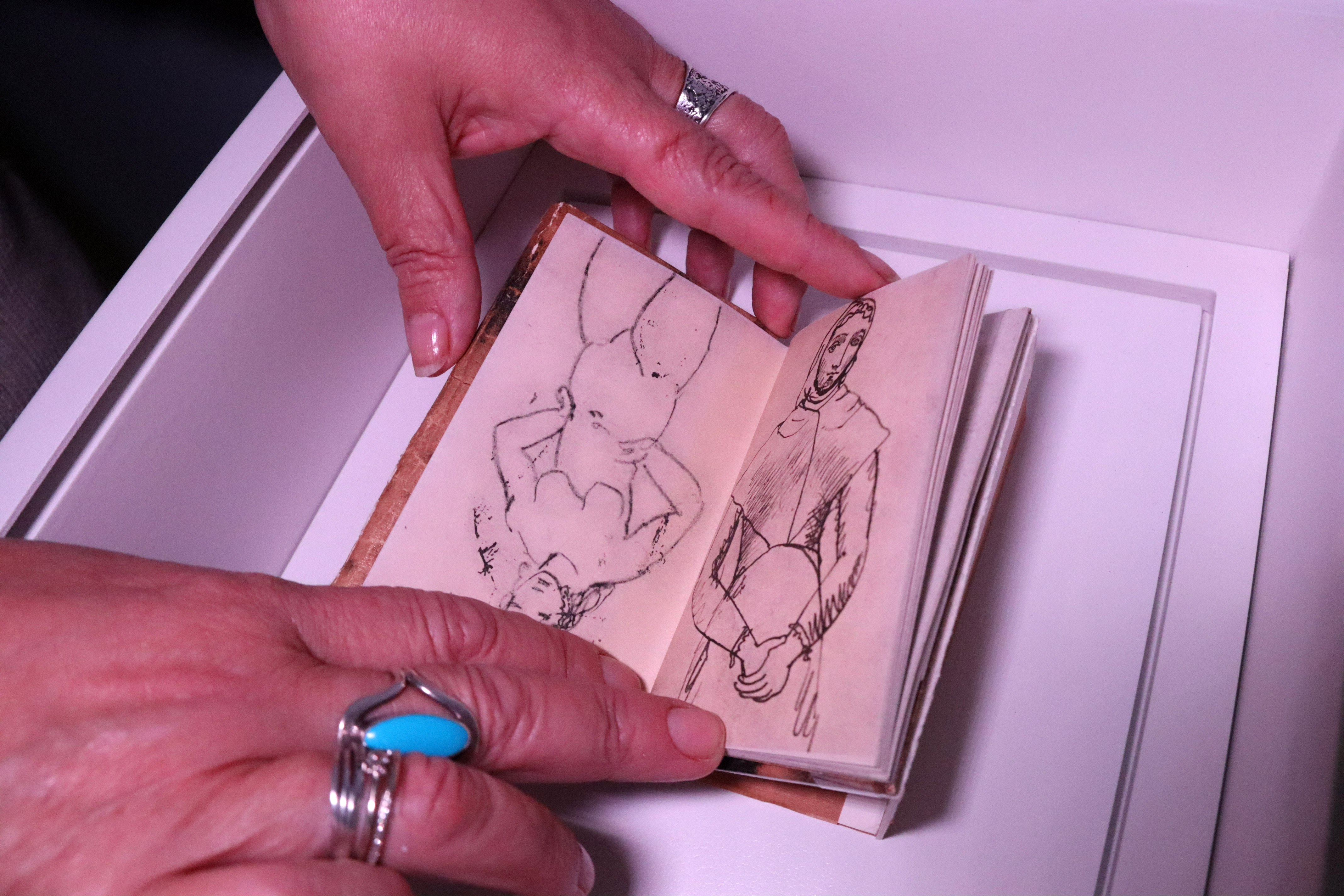Pyrenean village revamps Picasso Center a century on from artist's stay
Picasso's time in Gósol in 1906 marked a turning point for the painter

There is no shortage of museums dedicated to Spanish painter Pablo Picasso, from Malaga to Barcelona to Paris.
But one lesser-known homage to the artist can be found in the foothills of the Catalan Pyrenees, in the tiny village of Gósol.
The local council has recently renovated the Picasso Center there, a space that describes and explains the painter's time in the village between May and August 1906, which marked a turning point in his work.
Thanks to a €73,000 grant from the Lleida regional administration, the council has been able to revitalize a space that had become "obsolete," according to Núria Alagé, the local councillor responsible for culture.

Now, the center exhibits around 70 facsimiles of Picasso works – the originals are distributed throughout museums in Europe and the United States – such as 'Woman with Loaves' or his 'Catalan Sketchbook', which contains writings and drawings made by the artist during his stay in Gósol.
Artistic crisis solved
Immersed in a deep artistic crisis, a young Pablo Picasso, accompanied by his partner Fernande Olivier, left Barcelona for Gósol in May 1906.
That summer marked a turning point in the work of the Malaga painter, as it is where he "ends up solving his artist's block," explains Magalí Queyroi, director of Gósol's Picasso Center, a small space in the middle of the village that houses a sample of the 300 works attributed to the artist's Gósol period.

During his stay in the village, Picasso fully immersed himself in the life of the pre-Pyrenean people, to the point that he went on to sign some of the letters he wrote as 'Pau de Gósol' – Pau being the Catalan equivalent of the Spanish Pablo.
Work is now ongoing to promote a Picasso network to strengthen the painter's legacy in Catalonia, bringing together the Picasso Museum in Barcelona and the Picasso centers in Horta de Sant Joan and Gósol.
Podcast
A giant of 20th-century culture, Pablo Picasso's artistic legacy is secure but his toxic relationship with women casts a shadow over his memory. Listen to the podcast below to learn more: Picasso – How should the artist be remembered 50 years on?